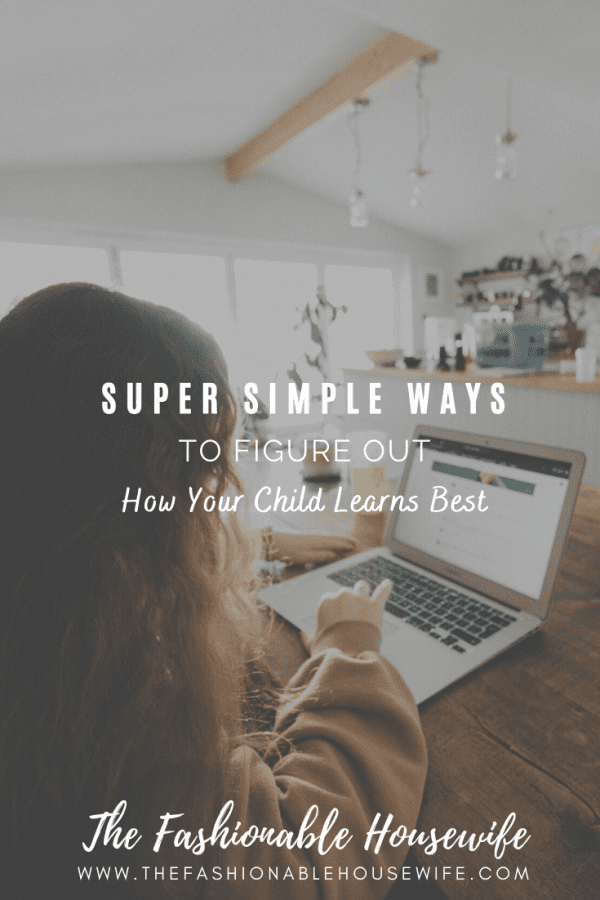
While there is not a specific correct answer on how a child can learn, common school systems disturbingly correlate learning with scores achieved on standardized tests. This hamper individualized learning and downplays the importance of creativity within the classroom. When education is not structured to promote problem solving and imaginative mindset, children find themselves disengaged and may form resenting feelings toward school.
Parents should recognize that every child learns differently. Some students are more equipped to read, write and rote memorization, while others are more capable with hands-on experiments and activities. Its is imperative to understand the different types of learning mediums your child might reciprocate best with. Once you figure that out, you may even decide that they might learn best in a homeschool envirment.
Judy Willis mention it in her book that there are three main learning styles: Visual, Auditory, and Kinesthetic. However, remain vigilant as a child may fall into more than one learning category and would require trying all different methods to know what and which work better. The child will learn best if his/her potential is understood by the parents and the required child care.
Here are Judy’s three learning methods for a child:
1. Auditory-Sequential Learners
Referred to as analytical learners, where the child will better respond to spoken information and process learning through their abilities in logic, sequence, and order. The child will showcase linguistic intelligence, and tend to evaluate patterns and connections in information they hear easier. Parents should encourage their child to talk and read aloud their lessons.
A helpful hint is to revise and create rhyming songs or stories for children to better memorize and recollect important information. Auditory-Sequential learners also prefer dealing with one task at a time in an organized manner, so do not expect haste multi-tasking. Depending on logic and deduction, the child would benefit from expanding a theory and predicting sensible implications that follow.
2. Visual-Spatial Learners
Demonstrating high response for visual or imagery explanation, children would learn better when subject is more creative and imaginative. This type of child learning style depends on seeing or visualizing patterns or demonstrations to retain concepts. This equips them with unique problem-solving attribute, better gauged to create different solutions through reasoning and intuition.
Parents should invite their children to visual explanations like educational videos, diagrams, mind maps and graphic demonstration. Visual-Spatial learners enjoy larger concepts and place further details through induction, so it is helpful if the initial learning scheme is planned accordingly to encourage the child to discover the relationships in his/her lesson in their own. Parents need to introduce color schemes and flashcards that will help children memorize information through visual imagery.
3. Kinesthetic Preference Learners
Children who are more engaged with physical activities or hand-on learning can be categorized as Kinesthetic Preference Learners. This type of child learning style shows keen interest in starting a new task and would be more receptive to classroom engagement events. By possessing greater bodily-kinesthetic intelligence, they respond well to learning strategies that involve movement, role playing and hands-on exploration.
It is suggested that parents should focus engagement of Kinesthetic Preference Learners with practical projects such as mathematical manipulations and science experiments. The key element in this learning model is touch and incorporating it would provide to be very beneficial for the child. If you are homeschooling, getting a great homeschool curriculum like The Good & The Beautiful would be ideal for this type of learner.



